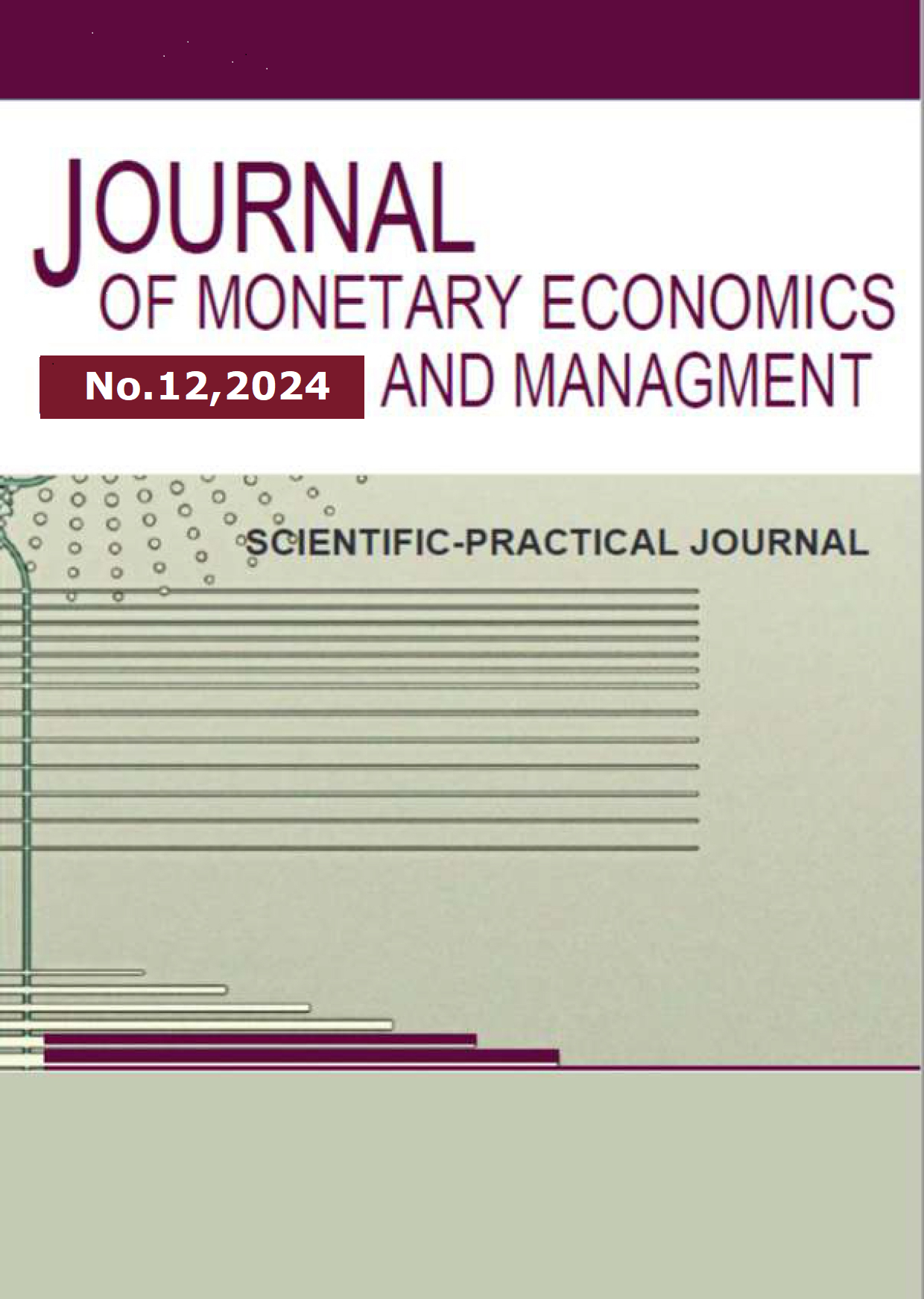employee
employee
In the context of globalization and rapid development of digital technologies, the world economy is undergoing significant changes that affect all segments of the population, including youth. One of the most pressing issues is the economic security of youth, as young people are becoming increasingly dependent on digital technologies in their professional and personal lives. The impact of digital globalization on the economic security of youth is manifested in the increased threat of loss of personal data, financial assets and other important resources. In this regard, an important aspect of protection is the development of effective preventive measures aimed at minimizing the risks and threats associated with cybercrime, phishing, data leaks and other forms of abuse. This paper analyzes the impact of digital technologies on the economic security of youth, highlighting the main threats and risks that young people face in the context of digitalization. The key aspects of data and asset protection are considered, including the need to improve the level of digital literacy among young people, the introduction of effective information protection systems, and the development of legal and organizational mechanisms to help prevent cyber threats. An important element of the work is the recommendation to strengthen preventive measures, such as the use of multi-layer authentication, cryptographic data protection, and educational programs aimed at raising awareness among young people about possible threats and ways to protect their assets in the digital space.
digital literacy, asset protection, preventive measures, cryptographic protection, multi-layer authentication, information security, educational programs
1. Husainov M. I. Mezhdunarodnyy terrorizm kak odin iz vidov transnacional'nyh ugroz bezopasnosti // Elektronnyy nauchnyy zhurnal «Problemy bezopasnosti». 2010. № 10. S. 6–7.
2. Pol'shikov A.V., Latyshev A.V. Faktory, sposobstvuyuschie vovlecheniyu nesovershennoletnih v kriminal'nuyu deyatel'nost' obschestvennyh i religioznyh ob'edineniy (organizaciy) destruktivnogo haraktera // Vestnik Voronezhskogo instituta MVD Rossii. 2020. № 1. S. 264-273.
3. Perechen' terroristov i ekstremistov [Elektronnyy resurs] // Federal'naya sluzhba po finansovomu monitoringu. URL: https://www.fedsfm.ru/documents/terrorists-catalog-portal-act (data obrascheniya: 10.09.2024).
4. Kochubey M. A., Mareev P. L., Smirnov A. A., Sutormina E. V. Profilaktika terrorizma i ekstremizma v molodezhnoy srede. // OOO «Izdatel'stvo «Rus'», 2018. — 96 s.
5. Dadaev H. M. Latentnaya prestupnost' v kontekste stat'i 301 UK RF / H. M. Dadaev // Trudy KNII RAN / Kompleksnyy nauchno-issledovatel'skiy institut im. H.I. Ibragimova RAN. Tom 6. – Groznyy : PBOYuL "Sultanbekov H.S.", 2013. – S. 219-224
6. Chekanov I. I. Cifrovizaciya: polozhitel'nye posledstviya, vyzovy i ugrozy // Ekonomika i bezopasnost'. — 2024, №4. — URL: https://voenvestnik.ru/PDF/8ES424.pdf DOI:https://doi.org/10.15862/8ES424









